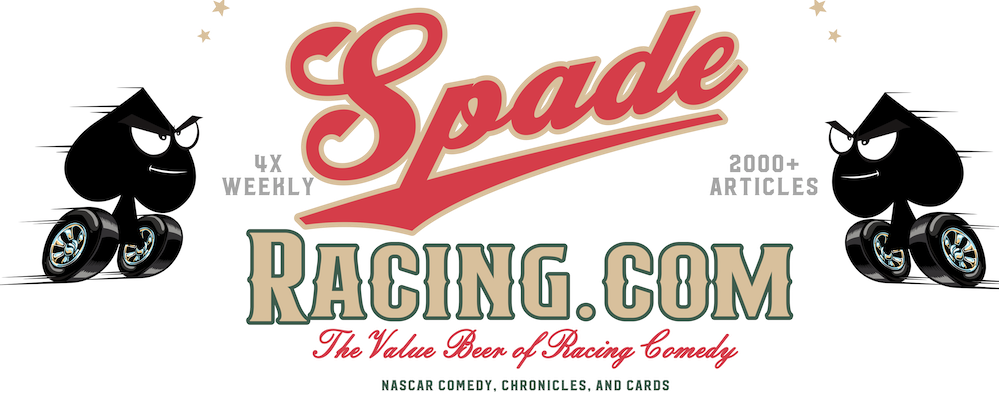 |
| Lincoln Speedway from the backstretch (CLICK TO ENLARGE ANY PICTURES) |
This past Saturday Night I got to cross another item off my racing-related “bucket list” by attending my first-ever sprint car race (of the wing-ed variety, 410’s) in Abbottstown, Pennsylvania. I’ve been lucky enough to attend quite a few Nascar events across multiple national touring series at a few different tracks (although about 75% of them have been at Dover). Here’s how sprint car racing differs from Nascar racing from an in-person fan’s perspective:
 |
| A typical sprint car, in this case the one driven by Dave Blaney |
 |
| Dale Blaney (brother of Dave) |
Sprint Cars are Smaller—In a Weird Way. Stock cars are big. Really big. Wide, long, and boxy. Sprint cars, however, are tiny. Remove the wing, and they’re about the size of a Smart car. A team owner told me that there’s absolutely nothing in the car besides what is absolutely necessary to race—there isn’t even a starter! If you’ve grown up a Nascar fan, be prepared for a visual shock when you see sprints up close.
 |
| Steve Post interviews a driver for MRN Radio |
 |
| Borrowing a wing? Better break out the duct tape. |
Sprint Car Teams are Smaller—In an Old-School Way. With the exception of the national touring drivers (the Blaneys, Ron Brown, etc.) most of the drivers there were high-level regional racers. These teams were mostly made up of weekend warrior crews working on cars purely for the love of it. Now granted, a big reason for the lack of paid crew members is the lack of a need for pit stops, but still, its great to see a throwback to when the “pit crew” was more than just a bunch of ex-collegiate athletes.
Sprint Cars are Tough to Figure Out. There’s little traditional tv coverage of sprint car racing (at least on networks most people can get) and, by my own research, no good way to explain to the novice fan what the differences are between the various classes, types, and race formats of sprint car racing. The particular race I was at used a unique all-star format in which qualifying went by how many cars you passed in a dual heat-race format. Granted, in today’s digital-everything world, this could simply be a function of the track not having a dot-matrix or LED scoreboard with which to compare things.
 |
| It's Ka(h)ne!!! |
 |
| Umm... |
Sprint Cars are Visceral. I’ve said for years that if you want to convert a casual Nascar fan to a hardcore Nascar fan, simply take them to a race (…and hope that it doesn’t rain). Well, that goes doubly for sprint car races. The sounds, the smells, the dirt in the air are somehow even more-impactful than a Nascar race is. Maybe it comes from everybody being closer to the action (most sprint car tracks are under a mile long and only seat a few thousand), but everything seemed to register with me and the other fans so much more. Oh, and speaking of which, a warning:
Sprint Cars are Dirty. Be prepared to come home with some of the track if you go to a sprint car race. There’s dirt, dust, and mud everywhere. You’ll have dirt on your clothes, in your shoes, on your skin, even in your teeth, and you don’t have to even touch the track to get it. But its a small price to pay just to experience such an exciting world of racing.
